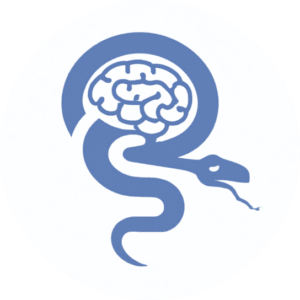
Neuromorphic Sensing with Active Efficient Coding for Edge Computing
Edge-computing applications (e.g., medical devices, wearable electronics, or mobile robotic platforms) typically require processing various sensory signals with constrained computing power. The current state-of-the-art technology in Integrated Circuits (ICs) has already witnessed tremendous progress towards more energy-efficient solutions for edge computing, with higher scores achieved with neuromorphic mixed-signal and analog subthreshold architectures at large scales. However, efficient deployment of such systems in real-world scenarios imposes the need for more robust and reliable front-end designs that can cope with external noise and device variability.
As proposed by the Active Efficient Coding (AEC) theory, it appears that biological systems have learned to cope with finite computational resources and environment complexity by compensating with adaptive behavior. Hence, if applied to edge computing, such principles promise to solve current roadblocks towards truly efficient sensory systems on the edge. Thus, the goal of this project is to unleash the potential of extreme-edge computing by leveraging the principles of AEC for efficient near/in-sensor modulation.
We will provide a framework for designing and characterizing a novel generation of Adaptive Neuromorphic Sensory (ANS) systems that can jointly extract sensory information from multiple sources while modulating sensor transduction. Upon quantitative assessment of the ACE theory applied to embedded systems, we propose to deliver and validate an example ANS system in a real-world scenario.
Partners
- Ulm University
- Italian Institute of Technology (IIT)
- Karlsruhe Institute of Technology (KIT)
- University of Groningen (RUG)
